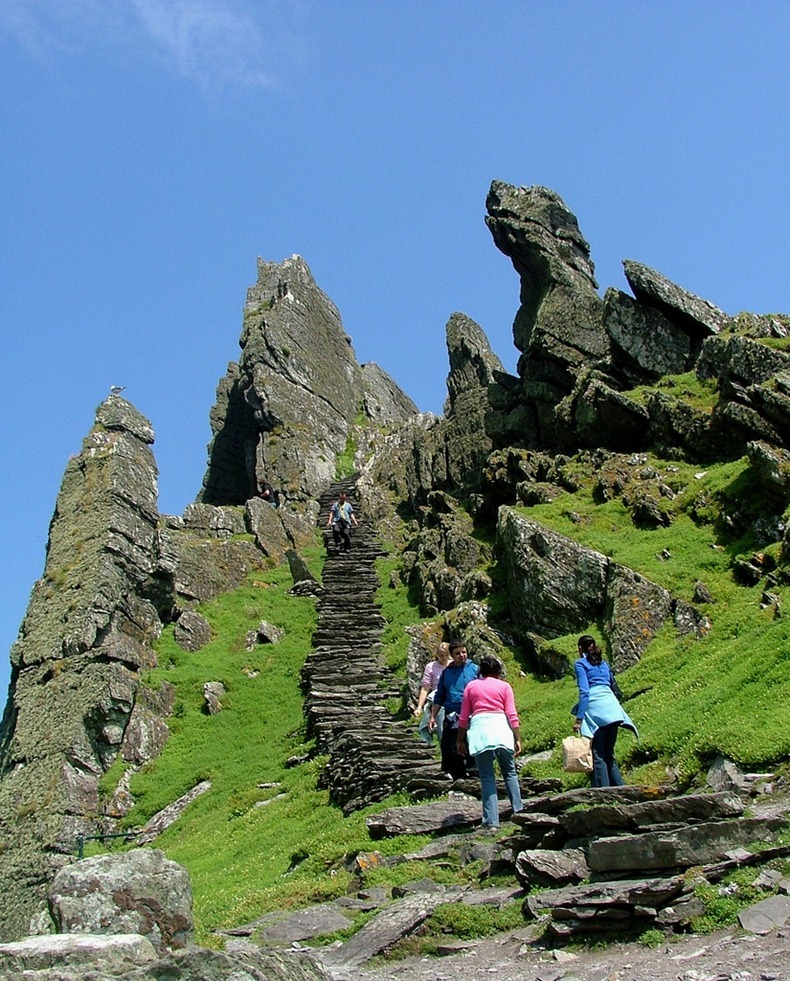Skellig Michael is an outstanding example of an early religious settlement deliberately sited on a pyramidal rock in the ocean, preserved because of a remarkable environment. The very spartan conditions inside the monastery illustrate the ascetic lifestyle practiced by early Irish Christians. Because of the extreme remoteness of Skellig Michael, the island has until recently discouraged visitors. This kept the site exceptionally well preserved.

Skellig Michael was occupied continuously until the later 12th century, when a general climatic deterioration led to increased storms in the seas around the island and forced the community to move to the mainland. However, a monastic presence was maintained and the buildings were kept in repair until the 16th century. Although monastery no longer existed, it continued to be a place of pilgrimage. Large numbers of pilgrims came and performed the way of the Cross from the Landing place up to the monastery. Skellig Michael also became a place for young couples to marry during lent, a time when marriage could not take place on the mainland but was permitted on the island.
Around 1826 the island was passed to the Corporation for Preserving and Improving the Port of Dublin (later to become the Commissioners of Irish Lights), who built two lighthouses on the Atlantic side, one of which is still in use today.
Skellig Michael in its entirety became a World Heritage Site in 1996.








Sea birds are abundant on Skellig Michael – the Guillemots, Puffins, Razorbills, Gannets, Fulmar and Kittiwakes. The whole Island turns white in the summer months from the vast number of birds nesting there.


Source
